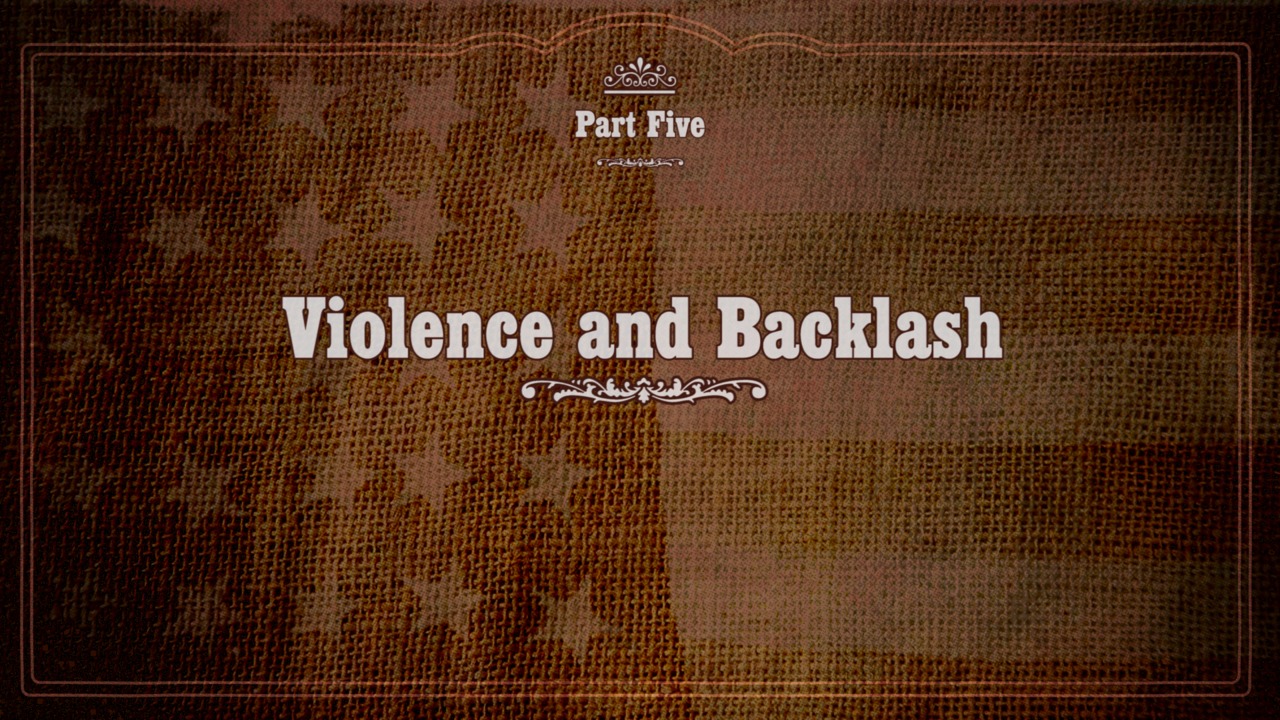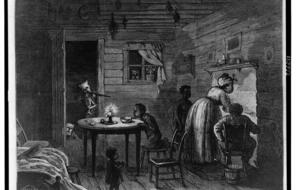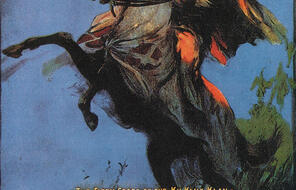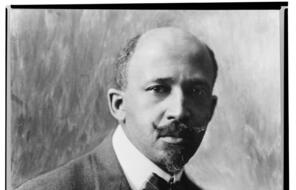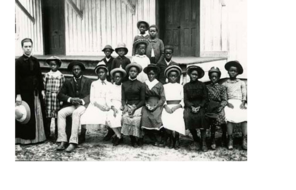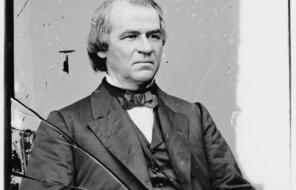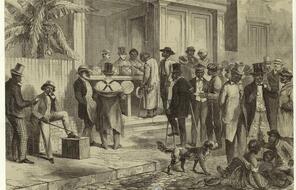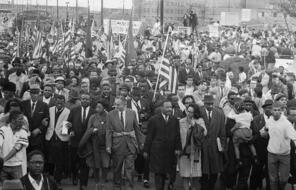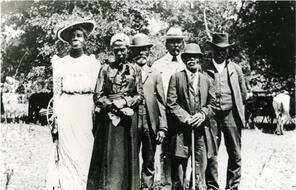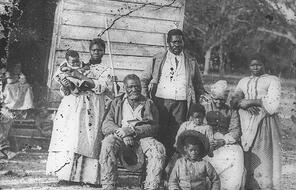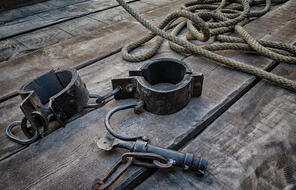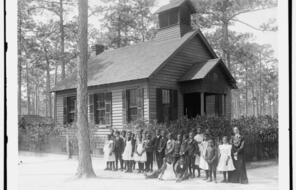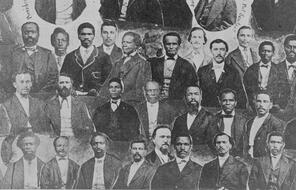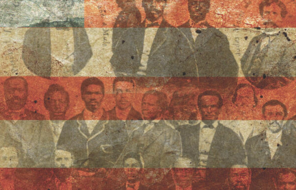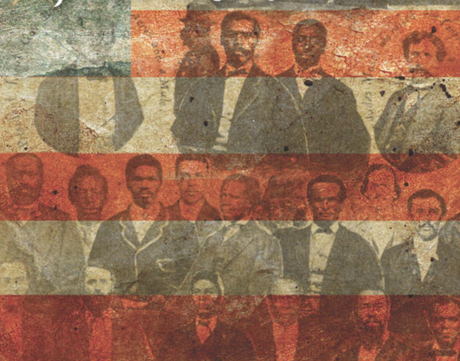
Violence and Backlash
At a Glance
Language
English — USSubject
- History
Grade
9–12Duration
One 50-min class period- Democracy & Civic Engagement
- Human & Civil Rights
- Racism
Overview
About This Lesson
The changes in American democracy and society following Emancipation and Reconstruction provoked a violent response from Americans who were opposed to Radical Reconstruction and shocked by the attempt to overthrow white supremacy in Southern society. Centered on Violence and Backlash, Part Five of Facing History’s video series about Reconstruction, this lesson will help to illuminate the violence and terror perpetrated by the Ku Klux Klan during the Reconstruction era. By watching the video and analyzing an eyewitness account of Klan violence, students will understand that significant political and social change often provokes a backlash when large portions of the population do not support the change—and when that backlash includes violence and intimidation, it is corrosive to democracy.
This lesson is part of Facing History’s work on the Reconstruction era and part of a series of lessons focused on our Reconstruction videos. Use this lesson to engage students in conversations about the effects that violence and terror can have on the choices made by individuals in a democracy. In addition to the suggestions below, see Lessons 10, 11, and 13 in The Reconstruction Era and the Fragility of Democracy for more resources and background information about both the causes and effects of violent backlash to freedpeople and their participation in political, economic, and social life during the Reconstruction era.
Lesson Plans
Activities
Extension Activities
Materials and Downloads
Violence and Backlash
Interracial Democracy
Legacies of Reconstruction
Unlimited Access to Learning. More Added Every Month.
Facing History & Ourselves is designed for educators who want to help students explore identity, think critically, grow emotionally, act ethically, and participate in civic life. It’s hard work, so we’ve developed some go-to professional learning opportunities to help you along the way.
Exploring ELA Text Selection with Julia Torres
On-Demand

Working for Justice, Equity and Civic Agency in Our Schools: A Conversation with Clint Smith
On-Demand

Centering Student Voices to Build Community and Agency
On-Demand


